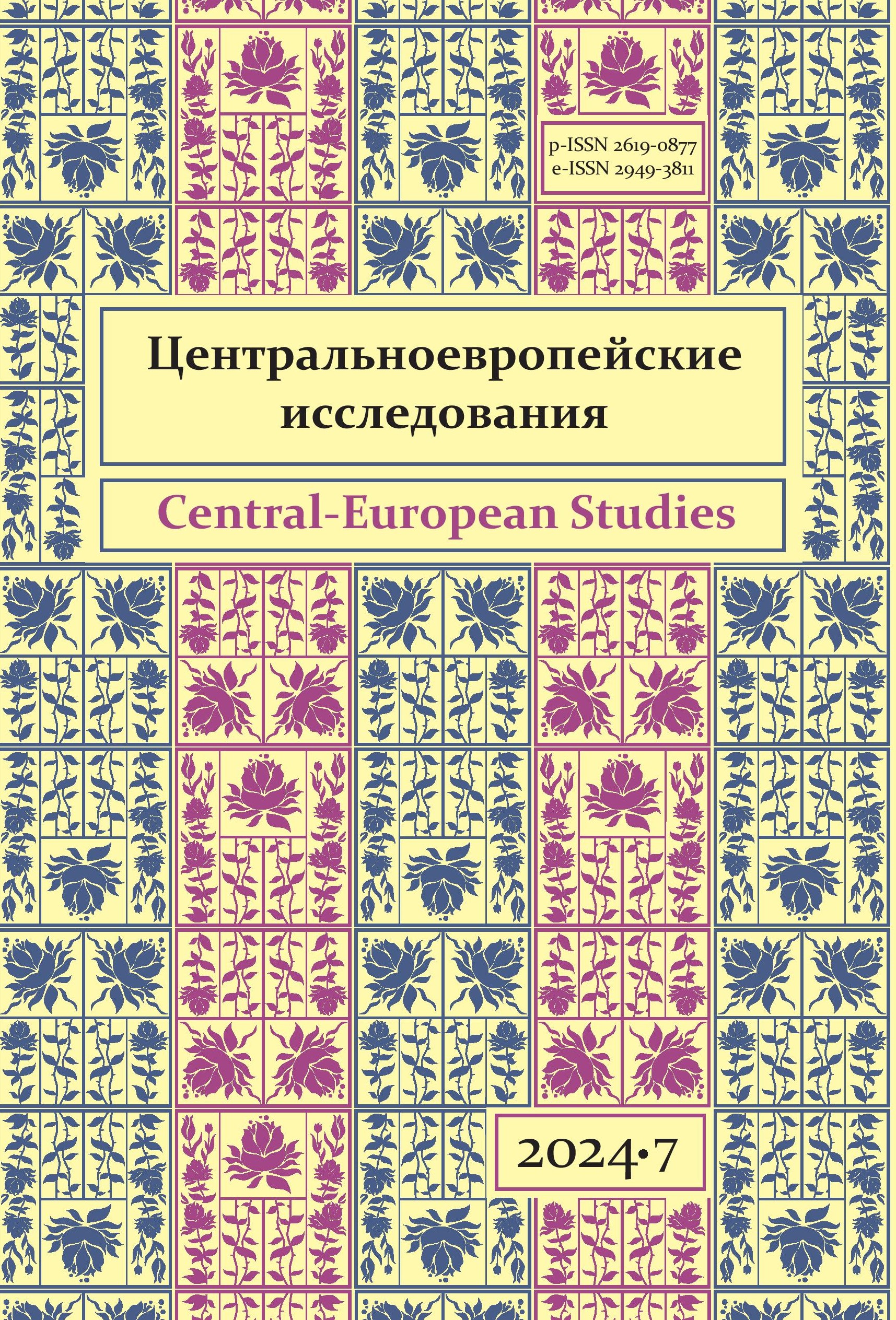Henry Moser — Benjamin Kallay’s Man in Paris: To the History of Alfons Mucha’s Participation in the Design of the Bosnia and Herzegovina Pavilion at the 1900 World Exhibition
DOI:
https://doi.org/10.31168/2619-0877.2024.7.3Keywords:
Bosnia and Herzegovina, Christian-Muslim coexistence, socio-economic modernisation, country image, influencing of the press, oriental tourism, historical art nouveau paintingAbstract
This article is devoted to a hitherto unexplored aspect of the work of Benjamin Kállay, who was Minister of the joint Ministry of Finance of Austria-Hungary from 1882 to 1903 and in this capacity supervised the transformation of the province of Bosnia and Herzegovina. He succeeded in creating an administrative framework for the formation of an independent Bosnian nation, based on the principle of equality between Muslim and Christian communities, and successfully integrated the province into the liberal constitutional organisation of the dual monarchy. To promote the successes of Bosnian modernisation, Kállay established non-governmental representation in France in 1895, promoting—through various medial strategies—a positive image of the country in the eyes of the international community that would dispel the bloody memories of the religious conflicts. In the course of archival research in the Historical Museum of Bern, Switzerland, the author of this article discovered the personal archive of Heinrich (Henri) Moser, a merchant and orientalist, a connoisseur of the Muslim world of Central Asia and a confidant of Kállay, who for about 10 years successfully interacted with the world press, attracted foreign investment to Bosnia, promoted Bosnian goods on world markets, and turned Bosnia into a popular tourist destination with an oriental flavour. Moser’s correspondence and other documents from the Swiss museum made it possible to reconstruct in detail the history of the creation of the Bosnia and Herzegovina Pavilion at the World Exhibition in 1900 and the involvement of the Czech painter Alfons Mucha, who lived in Paris, in the creation of the innovative art nouveau style circle depicting the country’s history, which became the main artistic attraction of the world exhibition.



